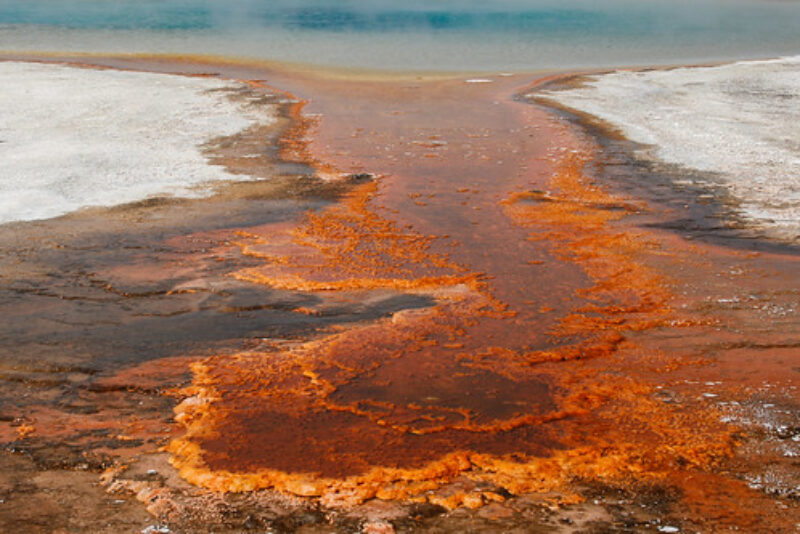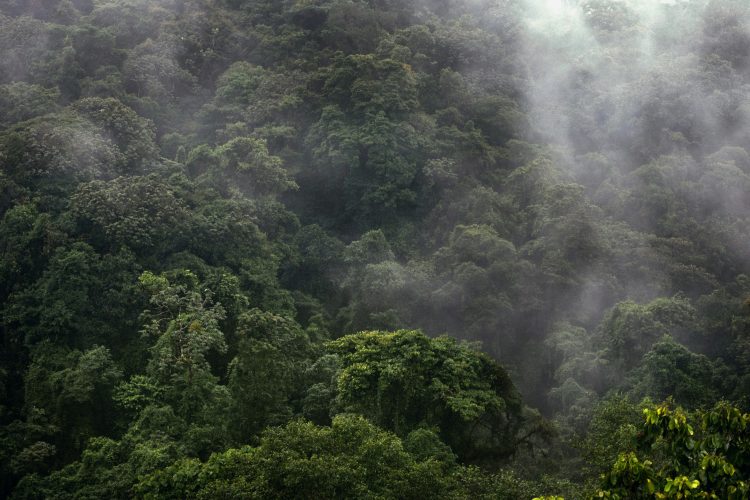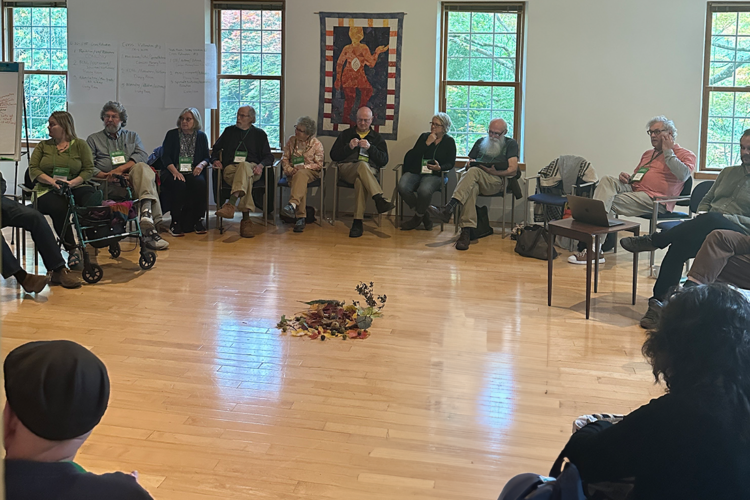Humans and Nature – The Yellowstone Model

by Peter Husby
To many people, the concept of “natural” is equivalent to a lack of human presence or measurable human influence. For example, the late ecologist E.O. Wilson believed that the only way to save our planet was to remove humans from half of the earth’s land surface! (Who would do the removing, and who would be removed?).
As an evolved species, however, humans are part of nature, not separate from it. The critical issue is whether we can be a positive force in nature or whether we will continue to ruin our home planet. A 2022 TEDx Talk by Navajo woman Lyla June presents how indigenous people have been significant positive participants in ecosystems worldwide for thousands of years.
Racism, belief in “manifest destiny,” and a need to have “natural” spaces that lack human presence have prevented those in developed countries from accepting Indigenous wisdom and understanding that we can be a positive force in nature. A familiar pattern involves white Americans and Europeans creating a National Park or wilderness area and immediately removing the Indigenous people who have been an integral part of the ecosystem for a very long time. Then, they marvel at the beautiful wilderness. A wilderness because there is no significant human activity!
Our oldest National Park – Yellowstone (YNP) – is the original example of this worldwide pattern. After removing the native people, YNP management actively denied that humans had ever influenced the Park’s ecosystem. In fact, YNP claimed that American Indian people had been afraid of the Park’s thermal features and avoided going near them. The truth is that these people regarded thermal areas as sacred sites and spent considerable time there.
Research by University of Montana anthropologists has identified over 2000 archaeological sites within the Park – and only a small percentage of the Park has been surveyed. Yet YNP has made minimal effort to educate the public about the considerable hunting, burning, plant harvesting, obsidian and chert mining, and trekking by the original human inhabitants. The eastern one-third of the Park was originally part of the Crow Indian Reservation. The Lacy Act took away the Shoshone people’s right to hunt in what is now Yellowstone, granted by the Fort Bridger Treaty—more broken treaties.
The removal of American Indians from YNP has had serious ramifications for the ecological health of the Park, particularly the Northern Range, a 380,000-acre area that provides winter habitat for elk and bison. Management of the Northern Range changed radically in 1967. Until then, elk numbers had been controlled by annual culling to protect the habitat from overuse at the recommendation of, among others, Park biology advisor Starker Leopold, son of famous wildlife biologist, wilderness advocate, and sustainable use promoter Aldo Leopold.
In 1967, a congressional subcommittee ordered YNP to stop all culling. Fearful that public or Indigenous hunting would be allowed in Yellowstone to control elk numbers, Park biologists quickly invented a Natural Regulation hypothesis – which stated that predators, such as wolves, didn’t have much influence on prey populations – severe weather and starvation would supposedly control elk numbers before they could damage their habitat. However, elk numbers skyrocketed after culling ended, and habitat damage was severe.
In 1995, Park biologists reintroduced wolves into YNP, and, contrary to the Natural Regulation hypothesis, the elk population drastically declined. Since then, the YNP has abandoned the Natural Regulation idea and the Park is now claiming that the “wolf effect” has sparked a rapid recovery of the Northern Range. The truth is that since wolves were reintroduced, the bison population has grown to well over ten times the most liberal estimate of pre-settlement numbers and habitat degradation (loss of biodiversity, severe erosion, loss of cutthroat trout habitat, loss of soil carbon storage capacity), is more severe than ever. The fact that wolves have not affected bison numbers supports Lyla June’s contention that the “keystone species” in pre-settlement times was the Indigenous human being.
Human activity – introducing bison into the Park, preventing them from migrating out, and failing to control their numbers – has created an unnaturally large bison population in YNP. Historical evidence suggests that bison numbers were sparse in Yellowstone in pre-settlement times. The YNP bison biologist indicated to me during a meeting with him on the Northern Range that the Park has no intention (or ability) to restore pre-settlement conditions under their current management. In fact, they want to double their bison numbers!
Based on descriptions of early explorers, the Northern Range should be a hot spot of biodiversity. This would include willows and sedges along the stream- banks, cooling the water and providing hiding cover for cutthroat trout as well as cover for songbirds like willow flycatchers and Wilson’s warblers; deep-rooted native grasses waving in the upland breeze while storing carbon in the soil and hiding ground-nesting birds; and dense stands of aspen and willows marking hillside springs and hosting cavity-nesting birds and growing grizzly bear food plants.
Based on the archaeological record, this biodiversity must include human activity and a much smaller bison population. Restoration of Indigenous treaty rights to hunt within YNP could be an important tool for reducing bison overpopulation. It would be a part of making reparations to American Indians with whom every treaty made with the U.S. Government has been broken or altered. Accelerating efforts to move YNP bison to Montana’s seven Indian reservations would further help reduce the herd and restore bison to their preferred habitat – the plains.
YNP could be a model for the world by educating the public about its Indigenous human history, demonstrating how human beings can be a positive force in nature, and expanding the integration of Indigenous people into the present-day management of the Park. Given the Park’s history of over 11,000 years, human influence is “natural” and necessary if ecological health is to be restored.
Peter Husby is a retired wildlife biologist and range conservationist who is active in efforts to address the condition of the Northern Range of Yellowstone National Park and with efforts to prevent suffering and death of migrants along the southern Arizona border. He is a Montana Gathering of Friends liason to AFSC.

